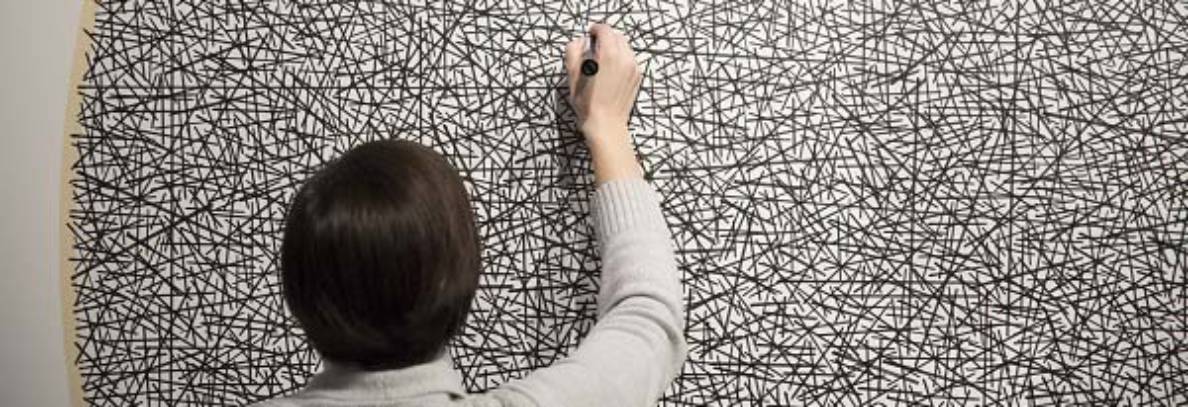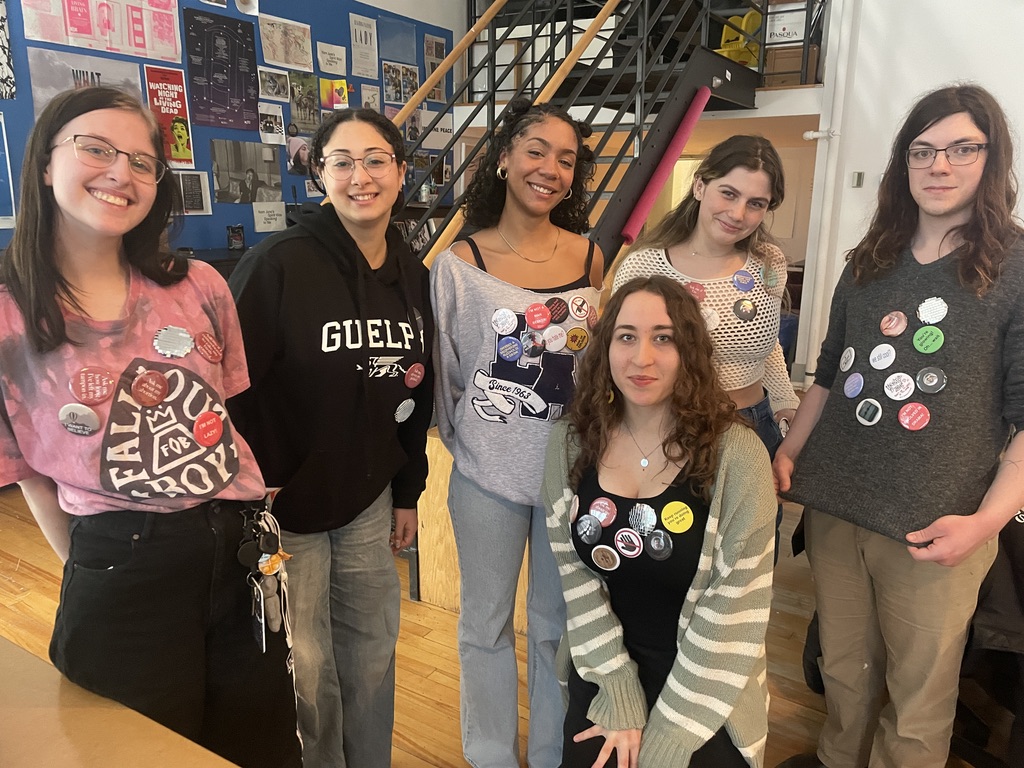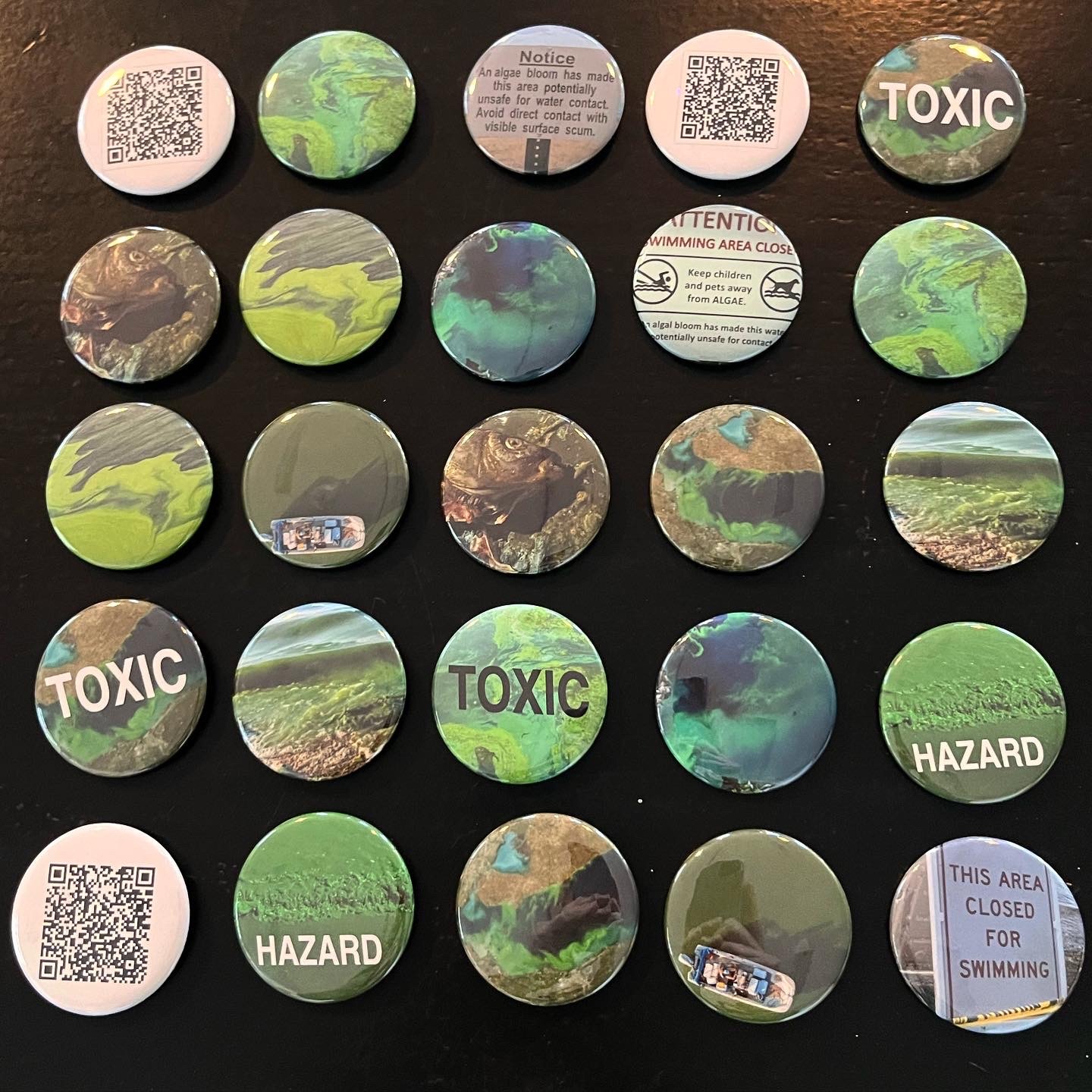MONDAY:

Introductions
Course description and assignments
Tour of lab and equipment
Class Blog – invites are coming tomorrow!
Demo: How to Make a Blog Post
Lecture: Intro to Conceptual Art

ASSIGNMENT: Make a KILOMETRE
Due: Monday for a critique in class
______________________________________________________________________
Bring in a KILOMETRE to show the class and discuss next week.
Document a kilometre. Walk it. Sculpt it. Talk it. Write it. Draw it. Video record it. Perform it. Get your mom to perform it. Conjure a kilometre in any media.
It could be a walk down the street, a path down an intestine, a line going up into the air, a kilometre’s worth of rocks. It can be a kilometre made of chewing gum. Made of telephone conversations. Made of complaints. Made of a walk with a cat. Made with light. It can be a distance between two points. It can be imagined, traced, documented, listed, performed, evidenced on the bottom of your shoe, rolled up into a ball.
Make sure to measure your kilometre in some way, and be prepared to discuss your process, and justify how it is precisely a kilometre.
Consider your materials, and just how your specific kilometre gives us a new way to think about or experience this abstract concept of measurement.
You have up to 5 minutes next week to present your kilometre to the class.
Bring it, or show us documentation of it.
IT MUST BE PRECISELY A KILOMETRE – EXPLAIN HOW YOU KNOW IT IS ONE.
–
WEDNESDAY
Brief introduction to Marina Abramovic

https://www.moma.org/audio/playlist/243/3113 – See a selection of images from iconic performances featured in the film and the MOMA exhibition.
Watch the film: The Artist is Present, Marina Abramovic

“Seductive, fearless, and outrageous, Marina Abramovic has been redefining what art is for nearly 40 years. Using her own body as a vehicle, pushing herself beyond her limits and at times risking her life in the process she creates performances that challenge, shock, and move us.
This film follows Marina as she prepares for what may be the most important moment of her life: a major new retrospective of her work, taking place at The Museum of Modern Art. To be given a retrospective at one of the world’s premier museums is the most exhilarating sort of milestone. For Marina, it is far more: it is the chance to finally silence the question she has been hearing over and over again for four decades: But why is this art?”( From Film Summary)
Questions for discussion:
- What are some of your first impressions of Marina Abramovic’s performance works, based on the documentary? Use an image/example of one or two works2. to describe aspects you admire, and aspects you might agree are problematic?
- What have you learned about features of performance art based on Abramovic’s work? Name a few key features according to her precedents. Include an image to illustrate. Consider her quote “When you perform it is a knife and your blood, when you act it is a fake knife and ketchup.”
- Discuss the ways performance art resists many museum and commercial artworld conventions. How does Abramovic solve/negotiate some of these challenges, and do you find these compromises add to, or undermine the ideas at play in her work?
Performance
Yoko
Bruguera













You must be logged in to post a comment.